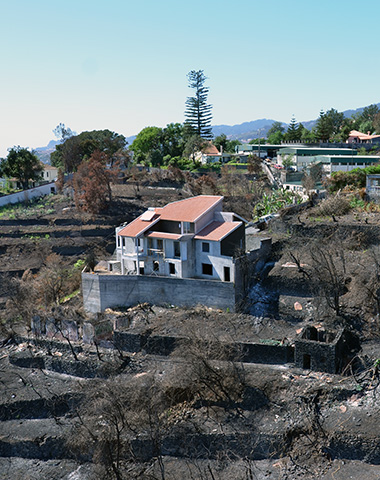
The large fire events occurred not only in Portugal, but in several countries around the World, show several needs such as:
The actual Portuguese normative requires usually a fuel management strip of 50m and 100m width around isolated houses and communities, respectively. These rules need scientific support since in certain scenarios they seem to be exaggerated, well in other cases they may be insufficient (e.g. canyon locations).
The representation of this area in a circle is only adequate for radial symmetric situations (e.g. flat terrains). In the majority of the situations, with non-symmetry, other configurations make more sense (e.g., an ellipse when a house is located on a slope).
It is therefore necessary to think of scientifically proved models to be translated into normative considering the wildfire protection needs of people and goods.
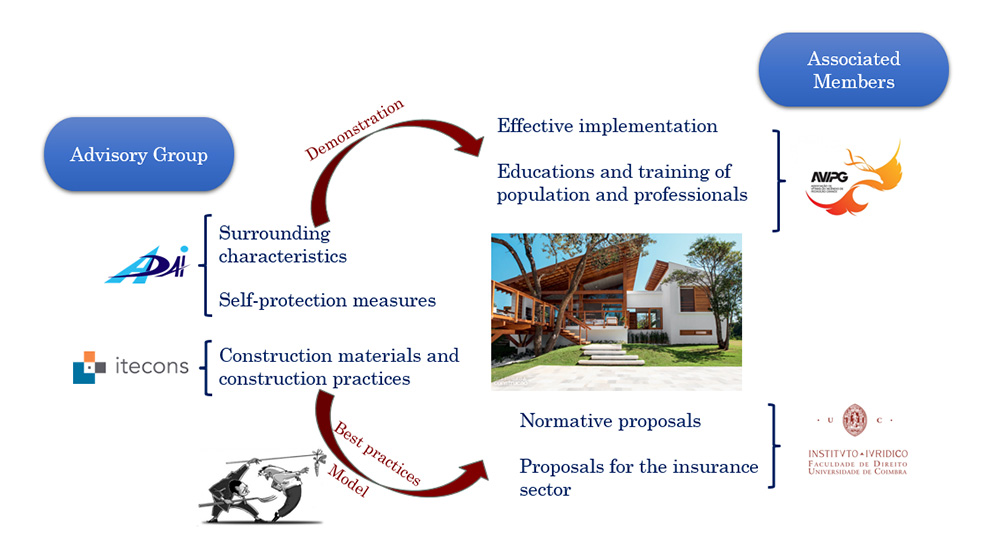
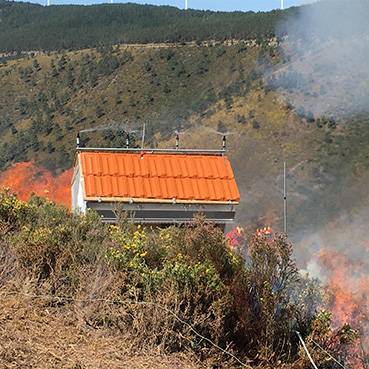
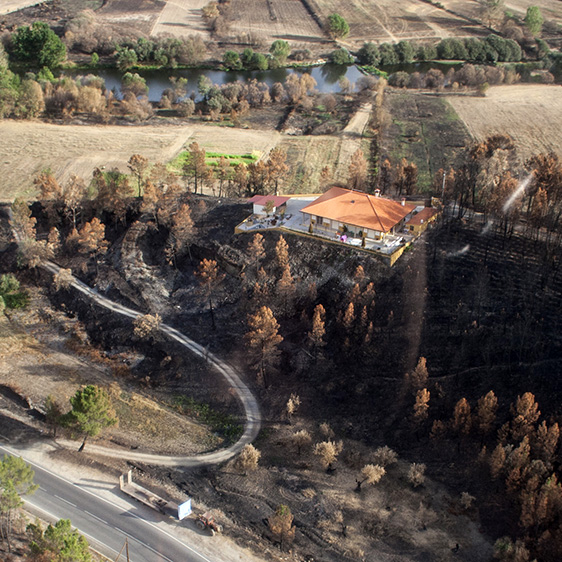
The aim of this project is to create a model to determine the area of fuel management that best suits typical location characteristics. This model will be based on the expected fire behavior, which will be a function of the typical meteorology and topography. In these studies, the possibility of using active technologies (e.g. sprinkler systems) will also be considered to mitigate the wildfire risk when a fuel management is insufficient or difficult to comply with due to urbanization issues, ecological values, etc.
There are several research projects dedicated to the fire risk in constructions or in wildlands, however the scientific developments that combine these two components are so far quite poor.
The “House-Refuge” Project intends to create guidelines for best practices in the field of construction. Aiming at the mitigation of the wildfire risk combining two components of the system – construction and the immediate surrounding area.
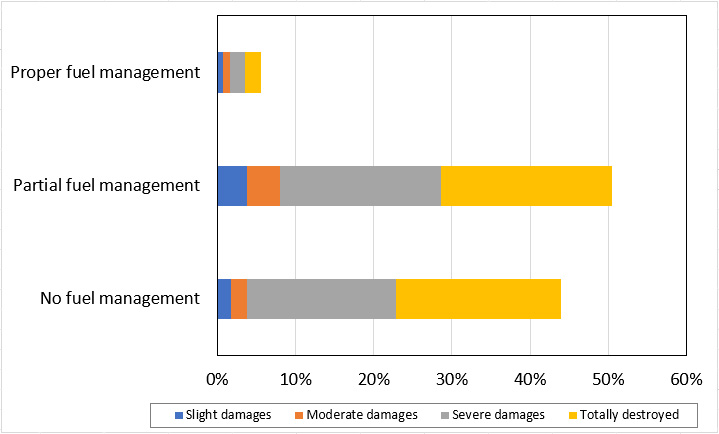
The characteristics of the construction surroundings will be defined in order to mitigate the probability of wildfires reaching constructions.
These definitions include the creation of fuel breaks and barriers to prevent fire spread, among other solutions.
The best construction solutions to prevent fire ignition and the fire development after reaching the infrastructure will be studied (e.g. materials used, architectural and civil engineering solutions, etc.).
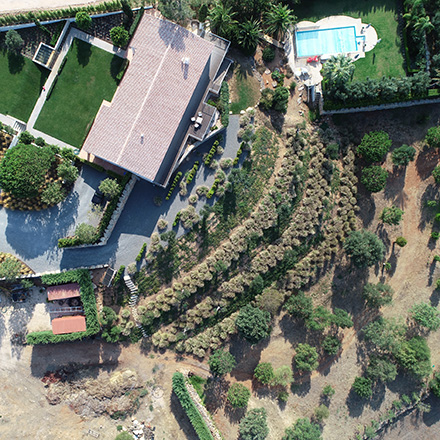
Translating these types of measures into legal obligations for citizens is not always easy because the simple definition of rules is sometimes poorly understood, accepted or followed by the population. For this reason, the House-Refuge Project will carry out a legal scope study in order to increase the probability for the proposed measures not to be of a mere theoretical character but have an effective application.
It is considered that the insurance sector can be a solution to this problem if the wildfire risk becomes evident in the model for determining the attribution of the annual insurance cost for buildings in higher risk areas.
Considering the wildfire risk dynamics (e.g. growth of vegetation in the environment) and the periodicity of the determination of the insurance costs, which would imply a periodic inspection that can be expensive, a procedure based on documentary proof of good management of the environment will be developed (e.g. photographs).
Thus, a model will be developed to assess the exposure of a construction to a wildfire and the associated risk, considering the following factors:
Once again, a legal-political analysis will be carried out aiming at the effective implementation of this model, complemented by other legal solutions that may be considered adequate for the practical translation of the project conclusions.
ECHO WUIVIEW project is co-financed by the Civil Protection Mechanism of the EU. Its aim is to design, setup, test and operate a virtual workbench service for the performance‐based analysis of fire environments in the surroundings of buildings at the wildland‐urban interface.
ECHO/2018/826522
This project aims to create a culture of civil protection of self-defense, in which the citizen and the community assume an essential role.
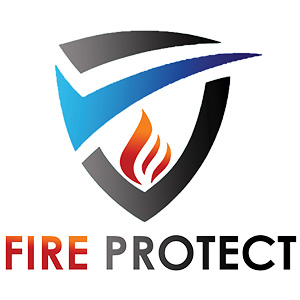
Protection Systems for People and Critical Elements Exposed to Wildfires, co-funded by CENTRO2020, is a project that aims the development of solutions for the protection of people, infrastructures and vehicles, among other wildfire exposed elements.
Fire Safety and Resilience to fire events at the wildland-urban interface

Project Reference: PCIF/AGT/0109/2018
“Scientific Research and Technological Development Projects in the Field of Wildfire Prevention and Response – 2018”
Project started on January 15, 2020 | End of the project on January 14, 2023

